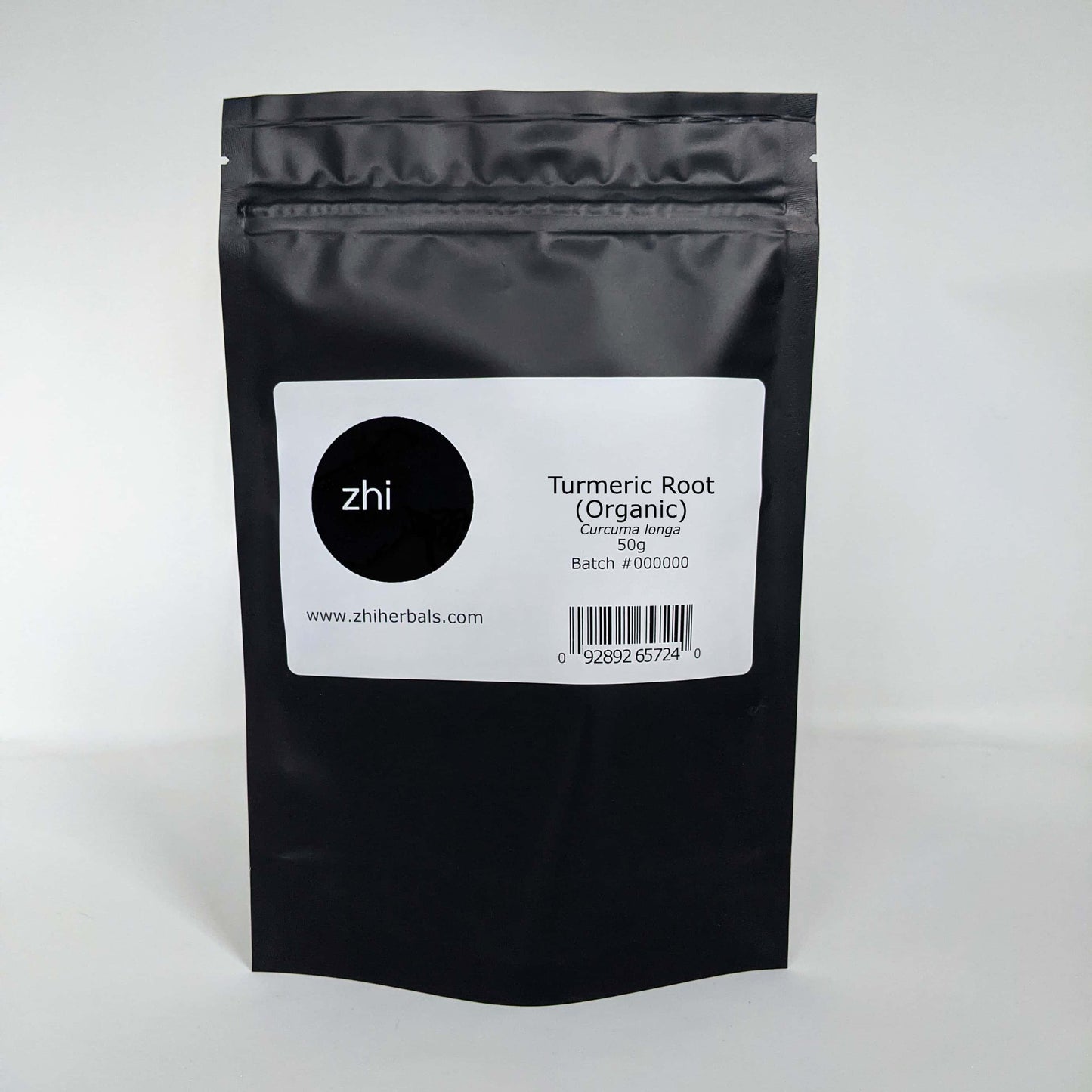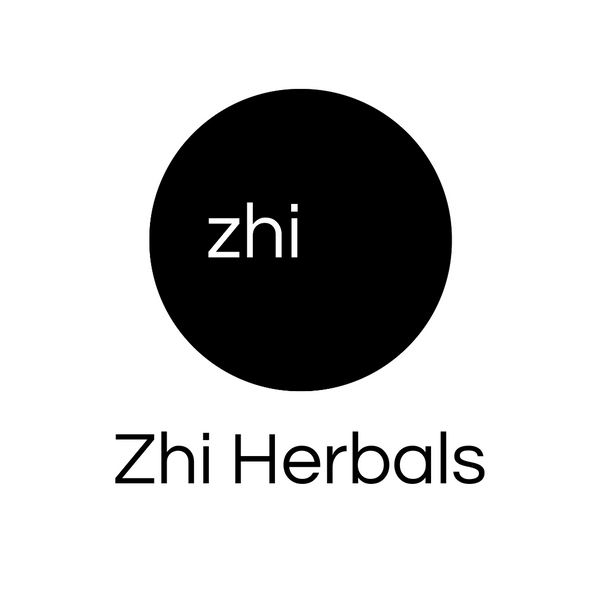Zhi Herbals
Turmeric Root Pieces (Organic)
Turmeric Root Pieces (Organic)
Couldn't load pickup availability
Common Name
Turmeric Root, Jiang Huang
Latin Name
Curcuma longa
Origin
India
What Are Turmeric Root Pieces?
Turmeric has a long history of use both as a food and as a medicine. It has a distinct bright yellow colour, which can be used as a natural dye or food colouring. Turmeric has a mild earthy and spicy taste that goes well with a variety of foods. There is often some confusion between the terms ‘turmeric’, ‘curcuma’, and ‘curcumin’. Turmeric is the name of the plant, its Latin name is Curcuma longa, and curcumin is a component found within turmeric root.
How to Use Turmeric Root (Common Uses)
Taken internally as a tea, decoction, powder, capsules, or extract. Turmeric is often used as a culinary herb. External use is possible but may stain the skin. It is suggested to take turmeric with fats and black pepper, as this may help to enhance absorption and benefits.
Medicinal Uses and Benefits of Turmeric Root Pieces
Turmeric is a recent herbal superstar, well known for its powerful anti-inflammatory and antioxidant effects. One of the compounds it contains, curcumin, is partially responsible for these effects. Curcumin is one of the most well studied compounds in this plant, and isolated curcumin extract is often advertised as a supplement. Despite this, herbalists recommend that the whole turmeric herb is consumed as opposed to just the curcumin extract, as the curcumin absorption rate for most people is quite low. Additionally, other lesser studied compounds in turmeric that are likely to provide additional anti-inflammatory and antioxidant benefits. Much like it’s relative ginger, turmeric is also an excellent herb for digestion, and can be included with meals or taken afterwards to help reduce gas and bloating.
Active Constituents in Turmeric Root Pieces
Volatile oil, anti-oxidants, curcumin, resins.
Share


